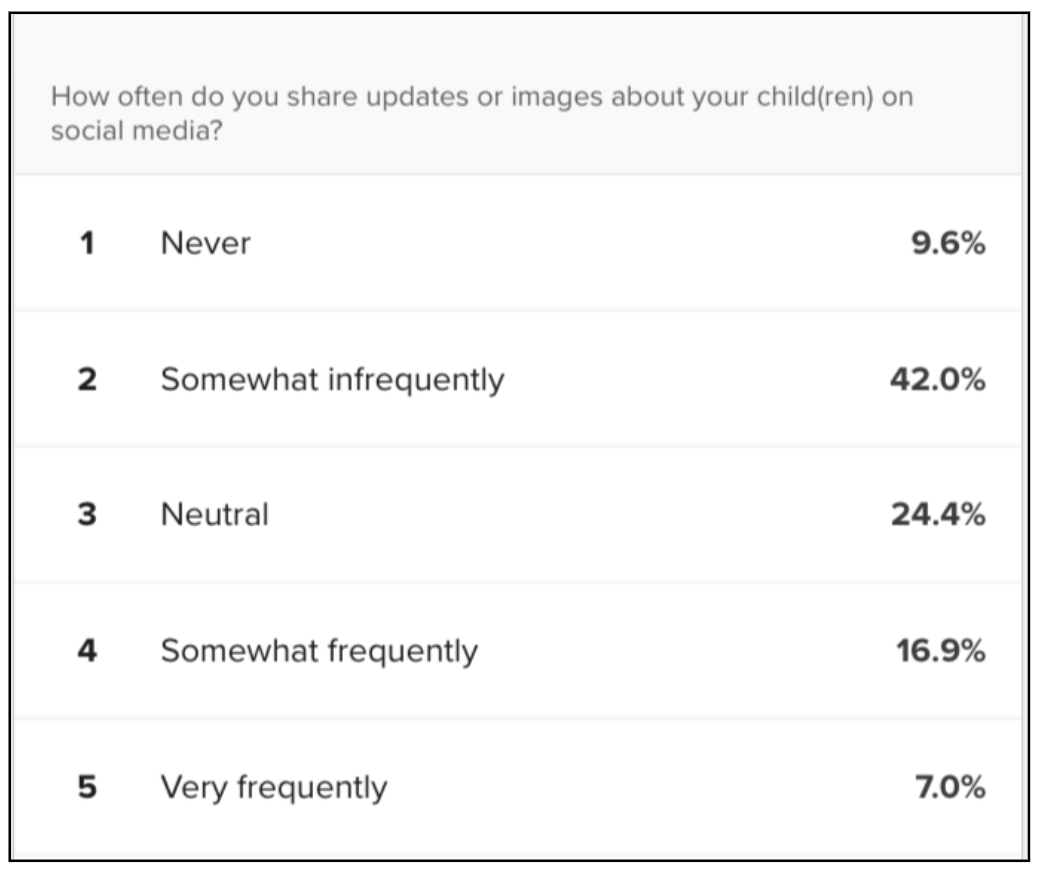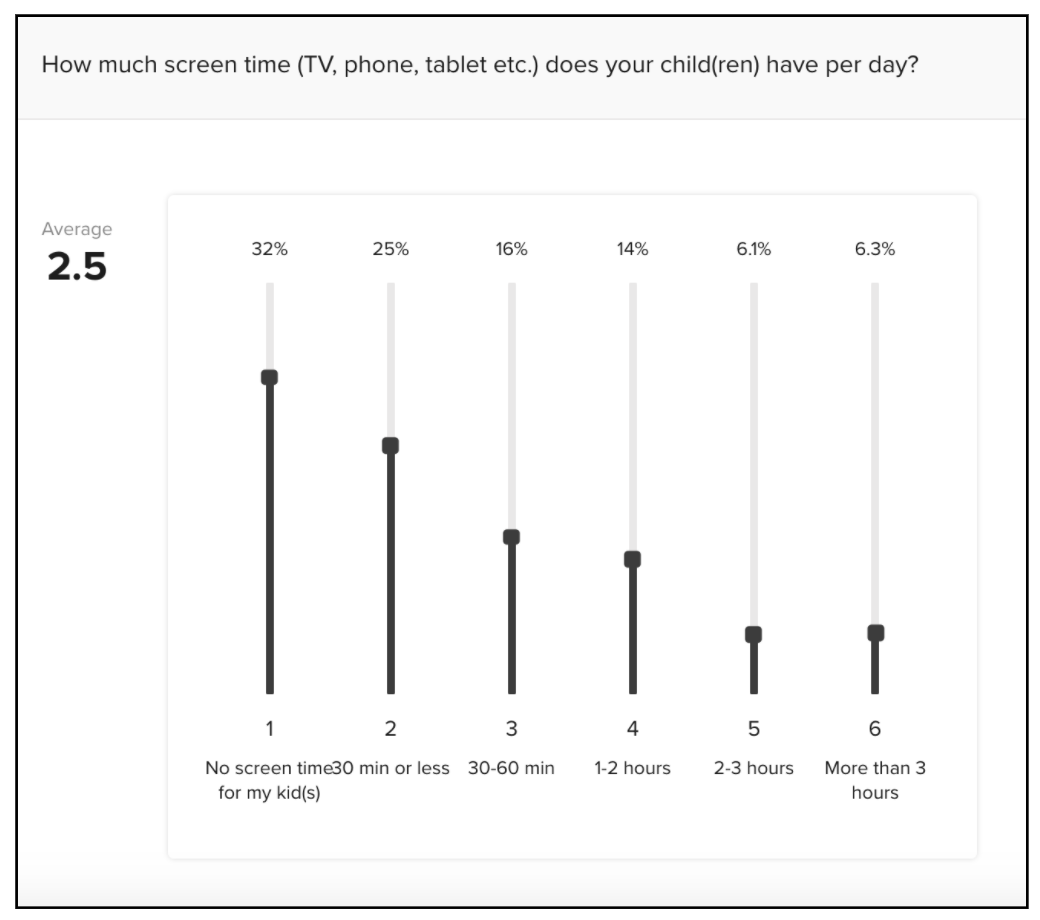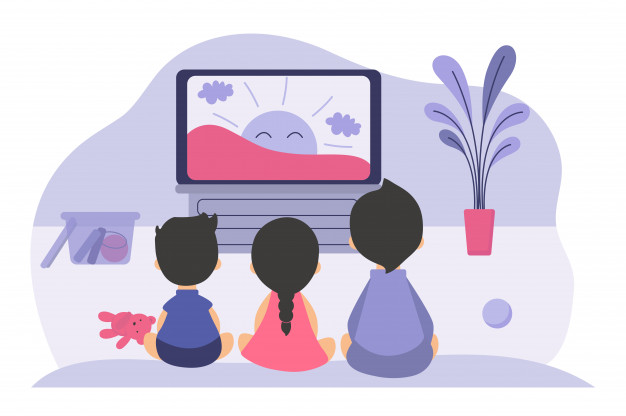This is the 6th insights digest of Segmanta’s Moms in Asia 2020 study. We conducted research in 9 Asian regions to find out what motherhood means to moms in Asia and how their lives are affected by it.
As a SaaS survey solution for consumer insights, Segmanta, conducted our own comprehensive survey, asking 11,000 moms in 9 major areas across Asia about their general motherhood experience, media habits, parenting philosophies, technology adoption, and so on. Our study gained significant insight into the mentalities, thoughts, and opinions of these moms, who represent an up-and-coming market for many brands.
Almost all of our surveyed moms are “digital natives”, that is, those moms who are born after the 1980s and are proficient to some degree with new technology. Thus, it is of great value to learn how their motherhood experiences, parenting style, and family life are affected by social media usage. What baby products do “hard-wired” moms follow on social media? What parenting-related content do they consume online? What social media platforms are they active on? These are the insights we would like to explore, in order to establish a comprehensive profile of digital-savvy moms in Asia.
In this article, we focus on Asian moms’ social media habits and the screen time they allow their children to have. Restricted from going outdoors during the COVID-19 madness, moms are forced to spend more time at home with their children during quarantine. They’re also more likely to spend more time browsing and posting on social media.
We All Know The “Sharenting Moms”
“Sharenting” is a relatively new term stemming from parents’ use of social media to overshare content about their children. “Sharenting” is controversial, criticized by some who cite children’s privacy, safety, and lack of ability for children to give proper consent to have their parents upload their childhood photos or videos. On the other hand, sharenting advocates argue that parents who share content on their children to their social media feed are releasing stress, documenting significant steps and memories in their child’s life journey, and enabling bonds across family members, friends and other moms who come together to share precious parenting experiences.
Our study found that almost a quarter(24%) of mothers in Asia claim to somewhat frequently or very frequently share updates or images about their kids online, which indicates that the rest largely shield their children from the internet even though social media is ubiquitous in their day to day life.

The main reasons that mothers post their children’s pictures and videos are simple. According to a study, taking pride in their child’s proud moments and milestones is the most common motivation. In our survey, the vast majority of Asian moms said that they would most like their children to be “responsible, “intelligent”, and “independent”. No doubt, social media is a popular way that mothers express how happy they about their children improving every day. Additionally, interactions with other mothers on their posts give moms a sense of community, providing them with emotional support.
What were some declared habits of “sharenting moms” from our survey? 84% of “sharenting moms” are frequent users of Facebook, and 60% of them are active on Instagram. When asked about the parenting-related online content they follow, ”sharenting moms” are 24% more likely to follow parenting influencers compared to all other overall respondents. Our study also suggests that the “sharenting moms” are more likely to follow babycare brands or products on social media.
Moms’ Screen Time Policies Have Changed
Before the global spread of COVID-19, the majority (73%) of Asian mothers provide less than 1 hour of screen time for their children who are under 3 years old.

However, after the pandemic hit, many parents had no choice but to give their children extra screen time. Digital classrooms became required and connecting with family and friends was done through virtual meetings. Working from home, many parents lacked time to entertain their kids around the clock, and therefore more screen time was allowed as a result. In order to work without interruption, parents needed to keep their children busy somehow.

“Who do you think is taking care of the baby? The TV is taking care of the baby!” — Ali Wong
What is social media consumption like amongst moms who allow their kids under 3 years old for “heavy screen time” (2+ hours per day)? 86% of them are frequent users of Facebook, and 52% are active on YouTube. 62% of them follow baby/kids products and brands online, and they are 16% more likely to follow brand content for coupons or discount reasons.
. . .
With more exposure to social media, “hard-wired” Asian moms gravitate to more authentic, engaging brand content. Facing COVID-19 and social distancing, consumers, especially moms, expect social media to connect them together with other parents as well as serve as a knowledge resource providing parenting tutorials and childcare “hacks” to ease parenthood challenges. Marketers should seize the opportunity to utilize declarative consumer data, optimize personalized marketing strategies, and express understanding of motherhood struggles especially through brand messages during an unusual time like now.

